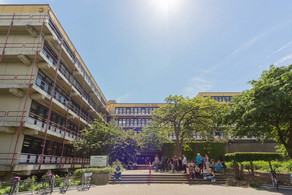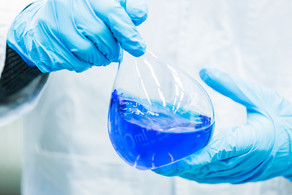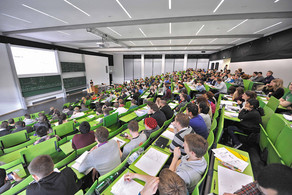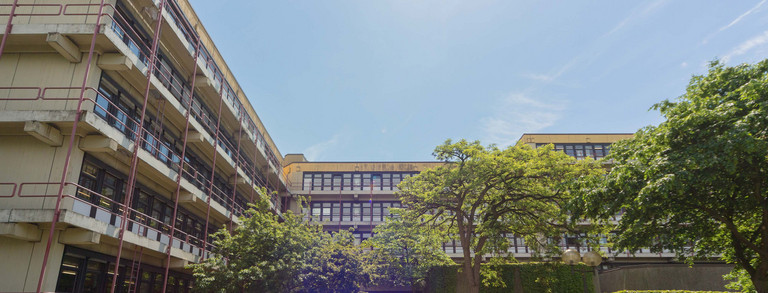Instrumentation and Sample Submission
LTQ Orbitrap and LTQ Orbitrap XL
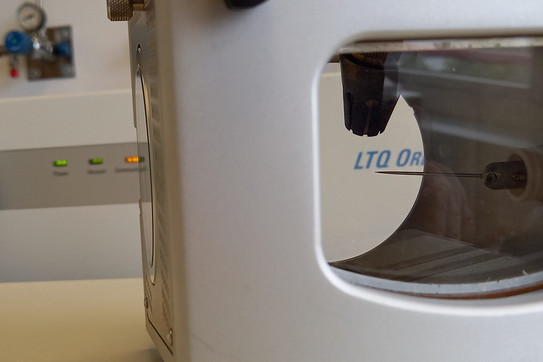
The Thermo Scientific LTQ Orbitrap and LTQ Orbitrap XL are hybrid mass spectrometers combining linear ion trap with OrbitrapTM technology. Thus, mass spectrometric data of high resolution and mass accuracy can be provided. Our instruments are coupled to Agilent and Shimadzu HPLC systems with autosampler, high-pressure gradient pumps, and photodiode array detector.
compact
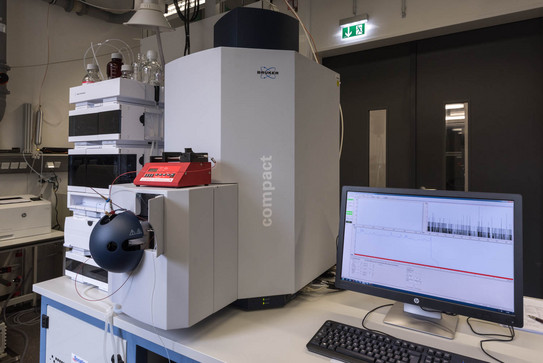
The Bruker compact is an accurate mass time of flight (TOF) system delivering high quality mass spectrometric results within single runs and less need for optimization and tuning. High resolution mass spectrometric data at a high mass range can be provided. The instrument is coupled to an Agilent HPLC system equipped with an autosampler, high-pressure gradient pumps, and photodiode array detector.
timsTOF
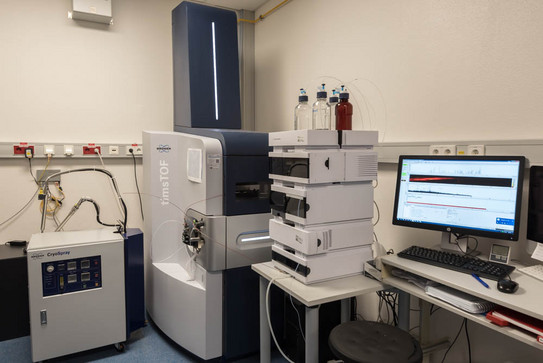
The Bruker timsTOFTM is a high-resolution time of flight (QTOF) system coupled to trapped ion mobility separation (tims). The system delivers high quality mass spectrometric data and high ion mobility resolution. Thus, timsTOF generates information about the three-dimensional structure of the generated ions, and their collisional cross sections (CCS) can be determined. The instrument is coupled to an Agilent HPLC system equipped with an autosampler, high-pressure gradient pumps, and photodiode array detector.
GC-MS (Thermo ISQ & Agilent 5977B MSD)
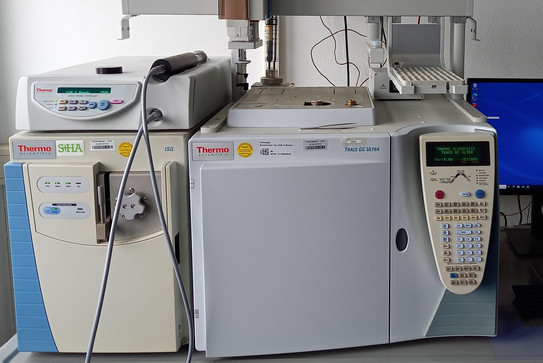
The ThermoScientific ISQ GC-MS system is an electron impact (EI) quadrupole nominal mass resolution system. By comparison of the generated spectra with spectra bibliography, fast identification of unknown (volatile and temperature stable) compounds can be achieved. The instrument is coupled to a TraceGC-system (Thermo) equipped with an autosampler and column oven. Additionally, Direct Exposure Probe (DEP) and Direct Insertion Probe (DIP) may help for fast analysis of compounds sensitive to moisture or oxygen.
AP-SMALDI (TransMIT)-Q-Exactive (Thermo)
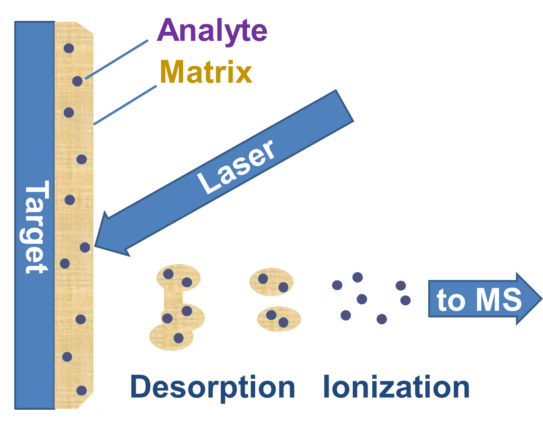
The Thermo Scientific Q-Exactive is a hybrid quadrupole-Orbitrap mass spectrometer. It enables both targeted and non-target screening and characterization. High resolution and mass accuracy alongside sensitive detection and sufficient scan speed allow mass spectrometric imaging (MSI). The TransMIT AP-SMALDI is a matrix-assisted laser desorption/ionization (MALDI)-MSI system at a high spatial resolution down to less than 10µm. The MALDI-MSI-lab is equipped with a matrix application system (SMALDIPrep, TransMIT), digital microscope (Keyence), and microcryotom (Thermo) for enhanced sample preparation.
Sample Submission: Please directly contact CMS staff for detailed instruction.

